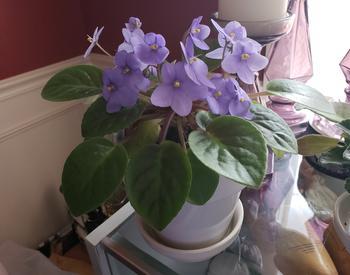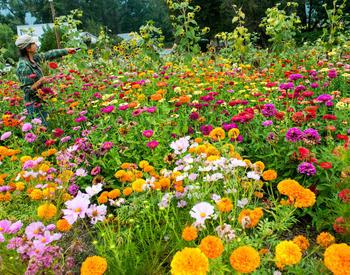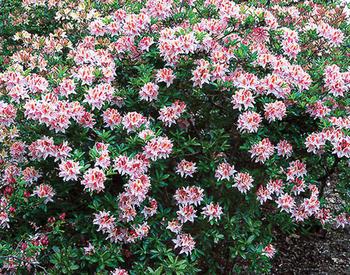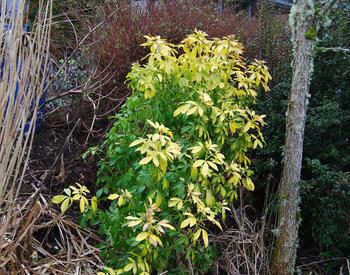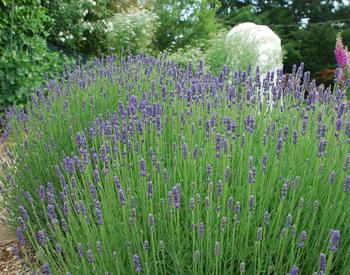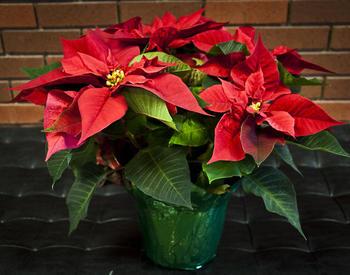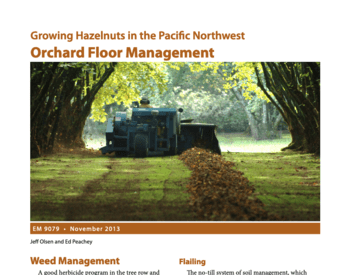Transcript
Welcome to Living on the Land, an award-winning source of useful information brought to you by your Oregon State University Extension Service. Native pollinators need pollen and nectar, but they do better if that pollen and nectar come from native plants. When invasive non-native plants are introduced, it lowers the quality of the pollinator's food and nesting spots.
Whether you live in a rural or urban area, you can help improve your plant community by replacing non-native plants with native ones. Small doses of pesticides can impair pollinators' ability to feed and reproduce. However, healthier bees have a better chance of detoxifying low doses of some pesticides.
So keep those bees healthy by providing diverse pollen and nectar sources. Choose insecticides that are only intended for a specific pest, or use less pesticide overall. If you use pesticides, put pollinator-friendly plantings like hedgerows and field borders near your crops. These can give pollinators both food and refuge from pesticides. If you have a farm, you may already have beneficial habitat features, like native flowering plants, dead wood, undisturbed ground, and overgrown grassy areas.
Or you can create them. Remember to leave some soil fallow or bare for potential nesting sites. Look for ways to include things like windbreaks, field borders, and flowering cover crops in your farm or landscape. These features not only provide habitat for pollinators and wildlife but also create resting places and passageways for them to move through the landscape. These features can catch runoff, stabilize soil, and reduce weeds. For more information about pollinators, contact your local OSU Extension Service agent, Soil and Water Conservation District, or Natural Resources Conservation Service.
This podcast is part of the Living on the Land series. It provides concise information on how to attract and support native pollinators by creating and maintaining the right habitat, including features like nesting sites, quality food, and shelter from pesticides.
This is from the Living on the Land series. Download the related PDF - Living on The Land: Providing Habitat for Native Pollinators
The phrase “Living on The Land” is used with permission from Living on The Land Stewardship for Small Acreage, © 2008, UNCE/WSARE.

